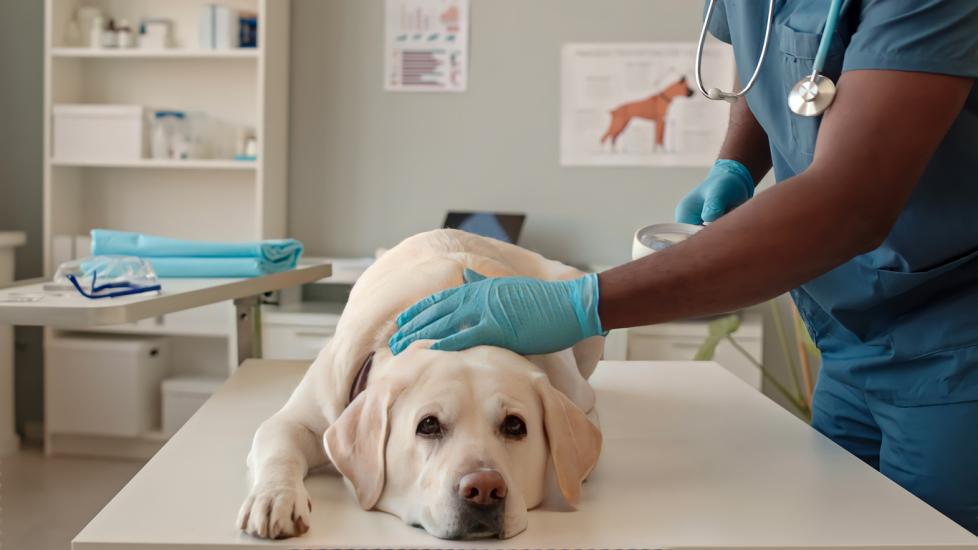Title: Understanding and Coping with Degenerative Myelopathy in Canine Companions
Introduction:
As a devoted pet owner, it’s heart-wrenching to witness our beloved canines face health challenges. One such condition that demands attention is degenerative myelopathy (DM), a progressive disorder affecting the spinal cord of dogs. This article aims to shed light on DM, its symptoms, diagnosis, treatment options, and preventive measures, providing you with comprehensive knowledge to support your four-legged friend through this challenging journey.
Understanding Degenerative Myelopathy:
Degenerative myelopathy is a neurodegenerative disease that primarily affects older dogs, typically those over seven years old. It leads to a gradual deterioration of the protective covering around the nerves within the dog’s spinal cord, resulting in hind limb weakness, loss of coordination, and eventually paralysis. The exact cause remains unknown; however, genetic predisposition plays a significant role, as certain breeds are at higher risk, including German Shepherds, Boxers, Pembroke Welsh Corgis, and Golden Retrievers.
Symptoms and Diagnosis:
The onset of DM is often subtle, beginning with slight muscle wasting or weakness in one or both hind limbs. As the disease progresses, dogs may experience dragging of their toes, difficulty rising from a sitting position, an unsteady gait, and ultimately, complete immobility. A definitive diagnosis involves a combination of physical examination findings, neurological tests, and specialized blood and DNA tests. Your veterinarian might also request imaging studies like MRI or CT scans to assess the extent of spinal cord damage.
Treatment Options:
While there is no cure for degenerative myelopathy, various treatments aim to manage symptoms, maintain mobility, and improve quality of life. Physical therapy and hydrotherapy help strengthen muscles and prevent secondary complications such as contractures and weight gain. Occupational therapy aids in maintaining joint range of motion and flexibility. Additionally, supportive devices like wheelchairs or slings can assist dogs in getting around once they lose the ability to walk independently. Medications may be prescribed to manage pain, inflammation, and nerve dysfunction.
Prevention and Support:
Genetic testing is available for some high-risk breeds, allowing responsible breeders to avoid breeding affected animals. Early detection through regular veterinary check-ups increases the chances of early intervention and slows down the progression of the disease. Providing mental stimulation and environmental enrichment is crucial for keeping your dog active despite physical limitations. Regular grooming and assistance with daily activities are essential to ensure comfort and dignity throughout the course of DM.
Conclusion:
Dealing with degenerative myelopathy requires patience, dedication, and a deep commitment to your dog’s well-being. By understanding the nature of the disease and working closely with your vet, you can create a tailored care plan that optimizes your companion’s remaining time. Remember, every dog is unique, and what works for one may not work for another. Stay informed, stay involved, and most importantly, shower your furry friend with love and compassion during these trying times.
